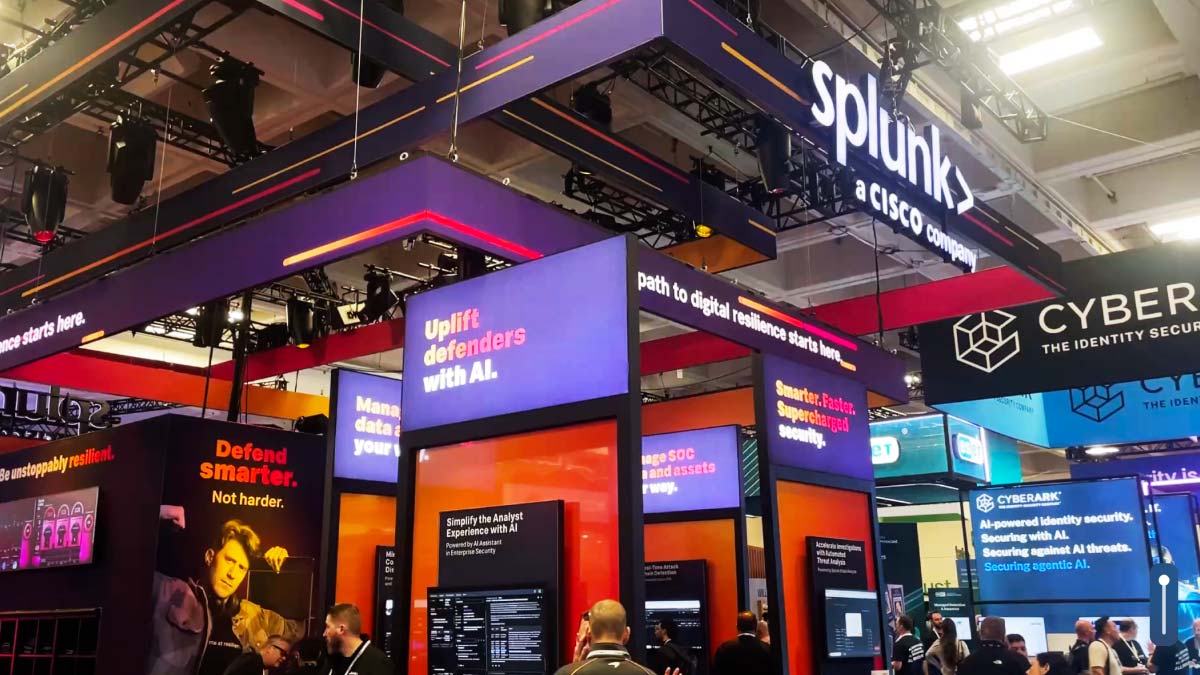The past few months have seen the ultimate workplace transformation. Cisco’s CIO Jacqui Guichelaar recently told CIO Australia that the company had to move their entire workforce to remote working in just ten days. With this more distributed workforce, it’s clear that everybody will need the technologies that can keep them safe and working continuously from wherever (and whenever) they are.
It’s part of why the demand for Secure Access Service edge (SASE) is currently so high. While the idea of SASE was on an upwards trajectory, distributed workforce or not, the interest in this concept has definitely accelerated. TechTarget writes that SASE’s original 2024 timeline has been dramatically sped up by the recent events. Companies like Cisco are delivering on SASE because it brings together the best of cloud-managed SD-WAN and cloud-delivered security into one solution, helping distributed workforces stay connected and secure.
See also: Cisco’s Intent-Based Networking gains momentum with speed and simplicity
“SASE comes in many flavors to meet the demands of customers of all sizes,” says analyst Zeus Kerravala from ZK Research, “The current industry thinking is that all SASE services should be cloud native. This may work fine for highly distributed companies with small offices but does not work for every customer use case. Many businesses will want to retain on premises infrastructure for better control or local network and security capabilities. Cisco's SASE solution lets customers deploy SASE any way they want, and then evolve the architecture as their needs change.”
The key of SASE is that ability to combine SDWAN and cloud security in one integrated solution. As organizations need a more flexible, robust, and secure infrastructure, they need to move towards the SASE model because security is built-in from the start and it can be licensed all-in-one.
Cisco and SASE
A joint blog by SVP of Product for Cisco Security Jeff Reed and SVP/GM of Cisco Intent-Based Networking Group Scott Harrell highlights Cisco’s vision for SASE. Cisco has been moving down this path for several years through key acquisitions in networking like Meraki and Viptela and in security like OpenDNS, CloudLock, and Duo, as well as many internally developed innovations. Today, SASE is best represented by the convergence of cloud-managed SD-WAN and cloud-delivered security, two foundational capabilities that Cisco has developed extensively.
Today, more than 20,000 organizations have begun the journey to SASE by deploying Cisco SD-WAN and more than 22,000 have deployed Cisco Umbrella’s cloud security services.
See also: How cloud native resilience is leading the way forward
At the recent Cisco Live U.S., the company was excited to announce the latest 17.2 release of Cisco SD-WAN, which includes the industry’s first fully integrated SASE offering in a single solution. Muninder Sambi, VP of Switching, Routing & SD-WAN/Cloud Product Management, writes in a blog post, Cisco SD-WAN Soars Towards SASE, that the new release of Cisco SD-WAN provides the following main benefits:
- Simple connectivity from SD-WAN to Umbrella Secure Internet Gateway: Employees gain complete security while on the enterprise network due to integration of Umbrella cloud security with Cisco SD-WAN. When they are roaming, they continue to be secured by Umbrella by means of an agent on their device. Organizations get the benefit of providing secure access to apps and data from data centers or cloud platforms based on the identities of people and devices. The service edge aspect reflects global points of presence (PoP), where traffic from these endpoints are secured and forwarded to their destination without having to travel through the data center. This improves application performance, reduces complexity and costs, and simplifies access.
- Simple and flexible licensing models: Straightforward packages lets customers license and manage everything they need, together. “We have heard loud and clear from our customers that they simply do not have the time or the resources to stitch together disparate products and build their own SASE solutions,” writes Sambi.
There’s plenty more to Cisco’s SD-WAN offering, including Unified Communications integration, Cloud OnRamp for SaaS, and innovations to help Managed Service Providers. Read more about the 17.2 version here and listen to the Cisco Live session “Designing a Cloud-Ready Secure WAN Architecture” for a deeper dive here.
###
We welcome the re-use, republication, and distribution of "The Network" content. Please credit us with the following information: Used with the permission of http://thenetwork.cisco.com/.




